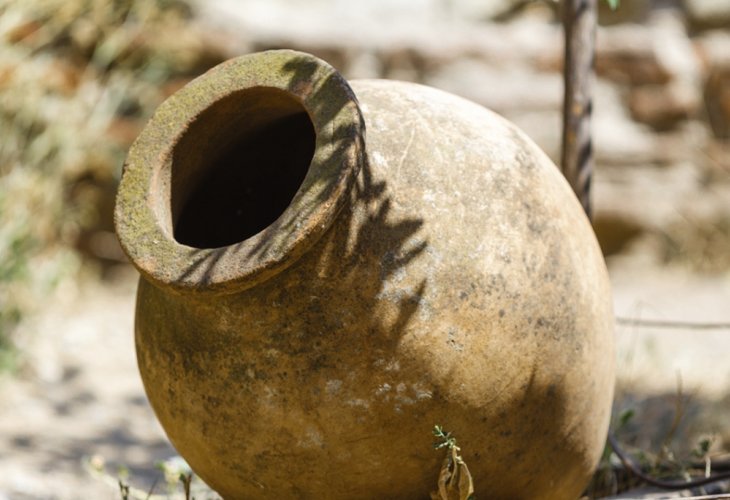Family's Surprise Discovery: A 1,500-Year-Old Jug Unearthed During a Hike
While hiking near Nahal Harod in the Beit She'an National Park, the Avidor and Armon families stumbled upon a Byzantine-era jug: "Suddenly, we saw something that looked like a handle."
 (Illustration photo: shutterstock)
(Illustration photo: shutterstock)During a shared hike involving the Avidor and Armon families from northern Israel, a jug from the Byzantine period was discovered. The hike took place around Nahal Harod, within the Beit She'an National Park.
Tamar Armon, the mother, recounted how the jug was found: "We were hiking and paused on a slope to rest. Suddenly, we noticed something that looked like an ear - a pottery handle poking out from the ground. We were surprised and thrilled to find an intact, heavy, and beautiful jug. Being archaeology enthusiasts, we had read the signs along the route mentioning previous pottery finds, and here we were, discovering a 1,500-year-old artifact ourselves."
The families, all northern residents, handed the jug over to the state authorities, and in return, the Antiquities Authority will present them with a certificate of appreciation.
Nir Distelfeld, a supervisor in the Antiquities Authority's theft prevention unit in the north, stated: "We commend the family for their alertness and good citizenship. The significant rains in the Beit She'an area have unearthed the site, rich with antiquities, making it natural for items to surface and greet us from the past."
"It's crucial to report an ancient find to the Antiquities Authority in real time and leave it in place, so that archaeologists can gain the most historical information possible from the site."
Dr. Walid Atrash from the Antiquities Authority added, "The hikers found a Byzantine jug that remained perfectly preserved since the 6th-7th centuries CE. Jugs like these were used in ancient times for storing grains and legumes, such as beans and chickpeas. Not far from this area, a grand church and an ancient cemetery are known to exist, and it's possible the jug was initially placed in a sepulcher as part of burial rites, later being washed to this location."

